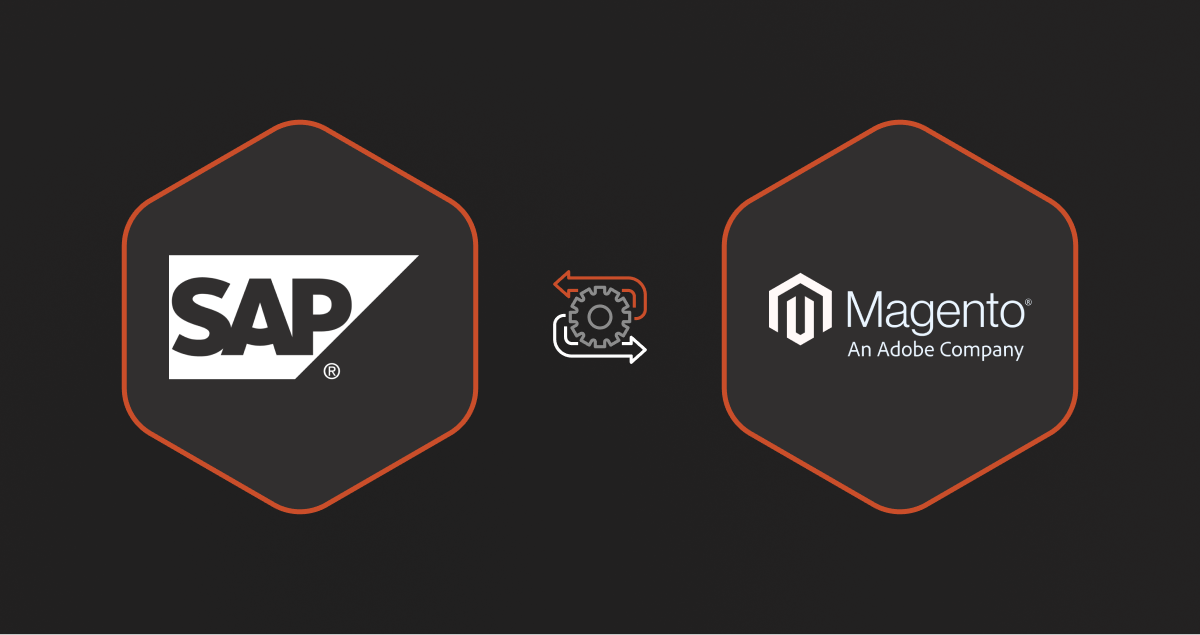Electronic Data Interchange (EDI) integration with SAP automates how your business exchanges documents and handles your supply chain. Instead of entering data or sending emails, EDI transfers information directly between computer systems.
This comprehensive guide covers everything you need to implement EDI systems and automation into your SAP system. You’ll learn how to choose the right integration method. We’ll also share step-by-step setup instructions, challenges to watch for, and best practices.
SAP EDI Integration Models
When planning your EDI solution, you have three main options. Each one works differently and fits different specific needs and focus areas.
- Direct integration: This works well if you have straightforward needs and want to keep things simple. Your data moves directly between SAP and your trading partners without any middle steps.
- Middleware integration: Middleware will convert different data formats in real-time so that all systems can communicate. This works well when dealing with different partners who all use different systems.
- Cloud-based integration: This is the newest approach. It’s becoming more popular because you don’t need to maintain your own hardware or software. Instead, everything runs on the internet. This makes it easy to add new trading partners and scale your operations.
Related read: Explained: From EDI Transactions To EDI Integration [+Steps]
Implementing EDI Integration in SAP
There are four main components of EDI:
- Standard Document Formats – EDI standards like ANSI X12, EDIFACT, and XML define the structure of business documents for consistent data interpretation.
- Translator – Converts data from the internal system format to the standard EDI format and vice versa. In SAP, IDocs act as translators.
- Communications Network – The channel that transmits EDI data, often involving adapters, connectors, or networks like VANs.
- Application System – The ERP or business software (e.g., SAP ECC or S/4HANA) that sends, receives, and processes EDI transactions.
Implementing EDI services starts with understanding these four components, and how they impact your workflow.
Steps to Implement EDI Integration
1. Identify what kinds of inbound documents you need to exchange with your partners. These will include purchase orders, invoices, shipping notices, or other business documents.
2. Next, you’ll set up the technical parts in the SAP Integration Suite. This includes:
- Creating communication and validation ports (which are like mailboxes for your electronic documents)
- Setting up profiles for each of your trading partners
- Creating maps that tell SAP how to convert documents between different formats.
3. Testing is crucial.
You must try each type of document exchange with your partners B2B integration processes to make sure everything works correctly.
Start with a few test transactions. Then, once these templates work repeatedly, increase the volume until you’re sure the system can handle your various business processes.
Choosing the Right EDI Software for SAP
Selecting EDI software is all about finding a solution that fits your business needs.
The software needs to work well with SAP and handle all the EDI formats your partners use. It should also be able to grow with your business and handle more transactions as you add more trading partners.
Good support is essential. Look for software vendors who offer reliable technical help and regular updates. They should be able to help you solve problems quickly when they come up.
Setting Up Communication Channels
The way your SAP system talks to your trading partners is critical.
You must set up secure, reliable communication channels. The most common method is AS2, which sends documents securely over the internet.
Security is a top priority.
Use encryption to protect your data and set up digital certificates to verify that documents are coming from legitimate partners. You’ll also want to control who can access different parts of the system within your organisation.
Tools and Technologies for SAP EDI Integration
Built-In Tools
SAP is a service provider that offers several built-in tools for handling EDI integration.
- The main one is SAP PI/PO (Process Integration/Process Orchestration): This tool helps manage all your electronic communications in one place. Features include document format conversion and monitoring your document flow.
- For cloud-based integration, SAP offers CPI (Cloud Platform Integration): This tool runs on the internet and comes with connections for common business scenarios. It’s easier to use than traditional integration tools and doesn’t require you to maintain your own servers.
Third-Party Integration Tools
Many companies also use third-party integration tools.
These often provide extra features that aren’t available in SAP’s standard tools. They might offer specialized solutions for specific industries or additional support services. However, they usually cost more than using SAP’s built-in tools.
Challenges in SAP EDI Integration
While EDI integration can improve your business operations, you’ll likely face some challenges along the way. Understanding these challenges helps you prepare for them.
One major challenge is dealing with different document formats.
Each of your trading partners probably use different EDI documents. They might have particular requirements for how data formatting. You’ll need to map out these differences and set up your system to handle them.
Another common challenge is aligning business processes.
Your trading partners might handle business processes differently than you do. For instance, they might have different rules about when to send shipments notices or order processing. You’ll need to work out these differences and decide how to handle them in your EDI setup.
Technical resources can also be a challenge.
Setting up and maintaining EDI integration requires specific skills. You’ll need people who understand both EDI and SAP, and these specialists can be hard to find. You’ll also need to budget for ongoing maintenance and updates to keep the system running.
Also see: Top 7 Data Integration Challenges and Solutions
Best Practices for Successful SAP EDI Integration
We strongly recommend you do the following when integrating EDI into you SAP system:
- Document everything: To make your EDI integration successful, start by documenting everything. Write down exactly how each business process should work and how to handle different types of documents.
- Testing is important: Test new configurations so they don’t affect real business transactions. Test every type of document with each trading partner before going live. Also, test error scenarios to make sure your system handles problems.
- Constantly monitor: Track your EDI transactions, especially in the beginning. Set up alerts for any errors or unusual situations. Monitor how long transactions take to process and how many documents are being exchanged.
DCKAP Integrator for Manufacturers and Distributors
The DCKAP Integrator is a tool designed for manufacturers and distributors using SAP. It connects to SAP systems and handles data synchronization.
This means your inventory levels, order status, and other important information stay up to date across all your systems.
For manufacturers, the DCKAP Integrator helps manage the entire production process. It automatically updates production schedules based on new orders. It also tracks inventory. For distributors, it helps manage warehouse operations and shipping processes.
The system includes tools for handling errors and generating reports.
If something goes wrong with a transaction, the DCKAP integrator can notify decision makers. It lets them know what went wrong, and how to fix the issue. It also tracks important business metrics and creates reports that show performance.
Getting Started with SAP EDI Integration
Starting an EDI integration project takes careful planning. First, list all the trading partners you’ll need to connect with. Note the types of documents you’ll be exchanging. Then, look at your current business processes ability. Make adjustments to work with EDI.
If this is your first EDI project, consider working with an experienced integration partner. They can help you avoid common mistakes and get up and running. Make sure to choose a partner who has specific experience with SAP EDI integration.
Remember that implementing EDI is a process. Start small with a few key trading partners and document types. Once those are working well, you can add more partners and expand the types of documents you exchange.
Take your time to do it right. You’ll build a foundation for more efficient business operations.
FAQs
What is EDI Integration?
EDI allows an electronic exchange of business documents and invoices such as invoices. EDI Integration allows this information to be synced from the EDI system to systems at the business’ backend like the ERP without the need to manually add that information in.
What are the top benefits of using SAP EDI Integration?
Here’s what SAP EDI integration will do for your business:
- Cut manual data flow management
- Faster partner onboarding
- Higher customer satisfaction
- Reduce processing costs
- Improve efficiency and relationships with trading partners and customers
How can AI help with SAP EDI Integration?
When it comes to setting up new business partner connections, AI learns from your existing EDI mapping patterns to automate the setup process.
For larger organizations that handle thousands of transactions through Value Added Networks (VANs), AI helps maintain data accuracy. If you’re using SAP Cloud Platform Integration or connecting through APIs, AI can help standardize data formats.
Looking for these advanced AI features in your EDI software can be very beneficial in the long run.
Contents




